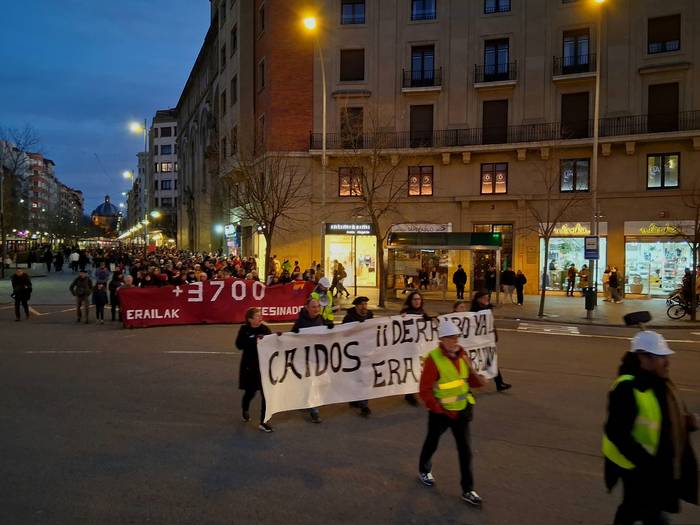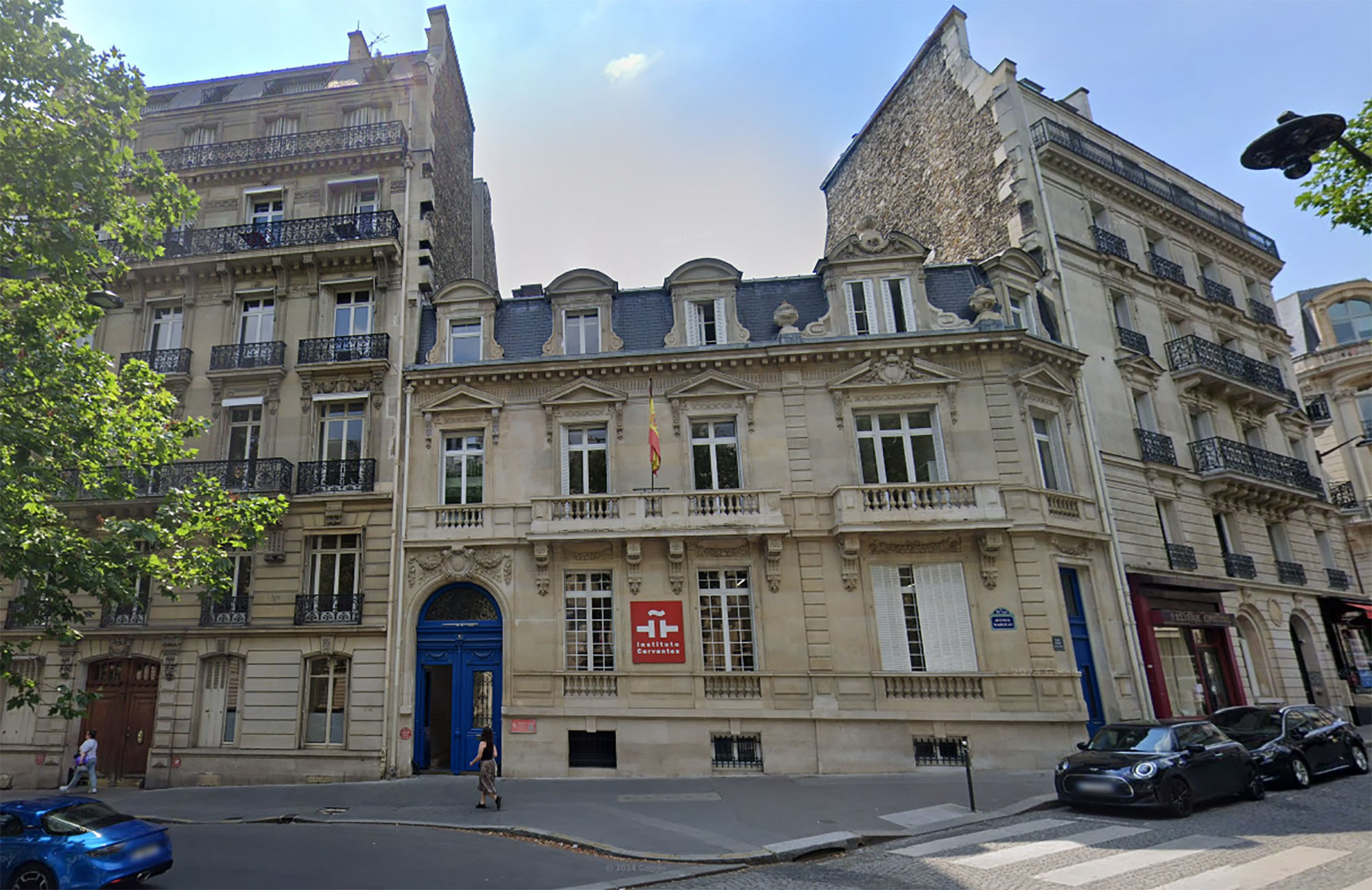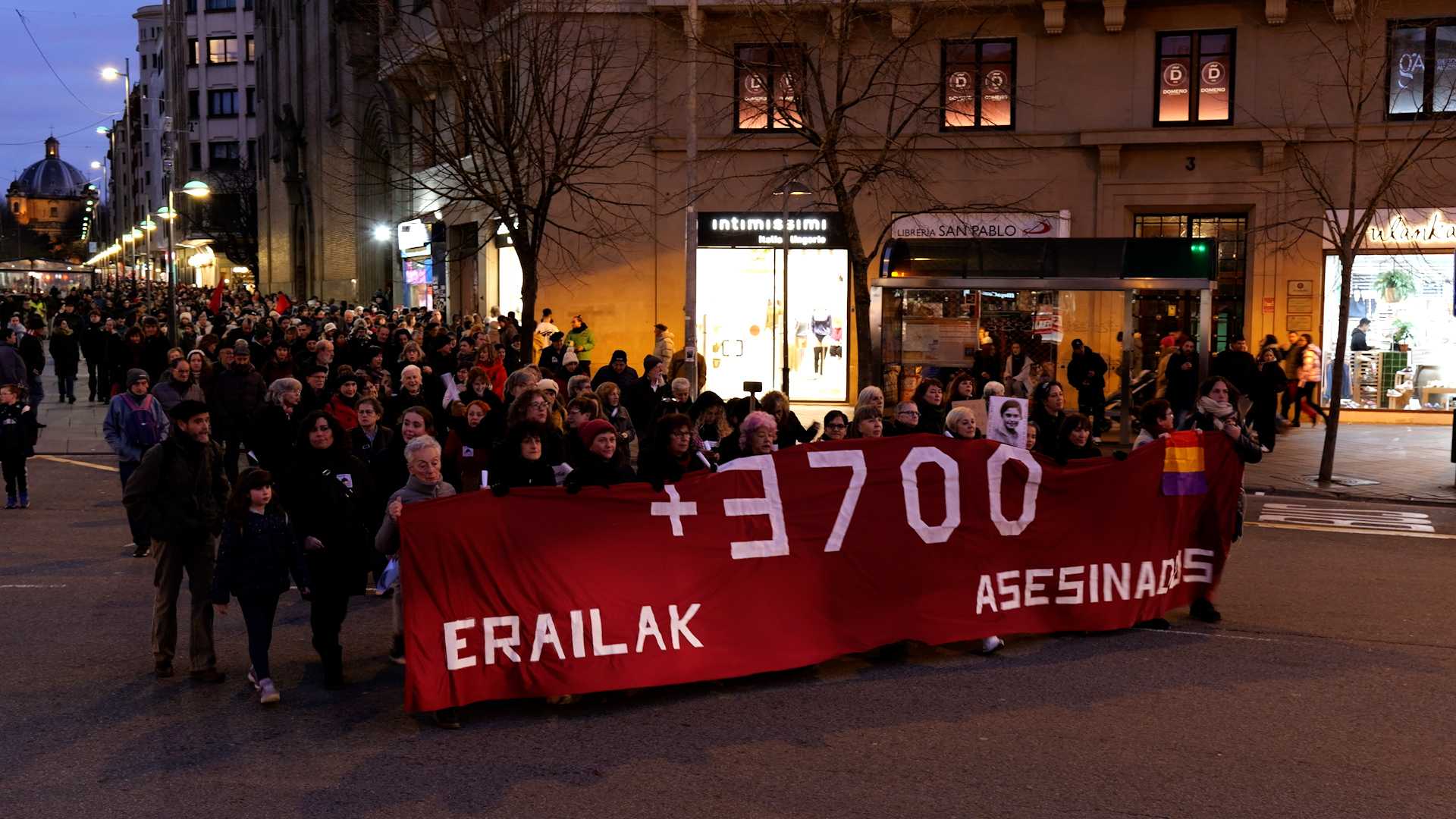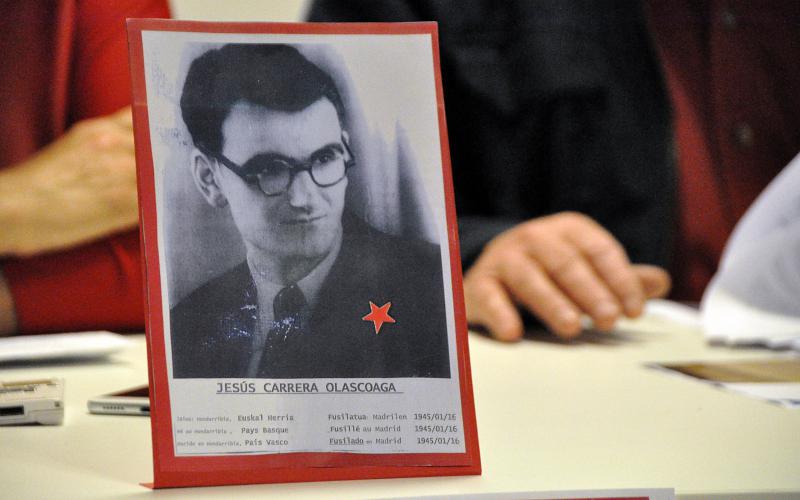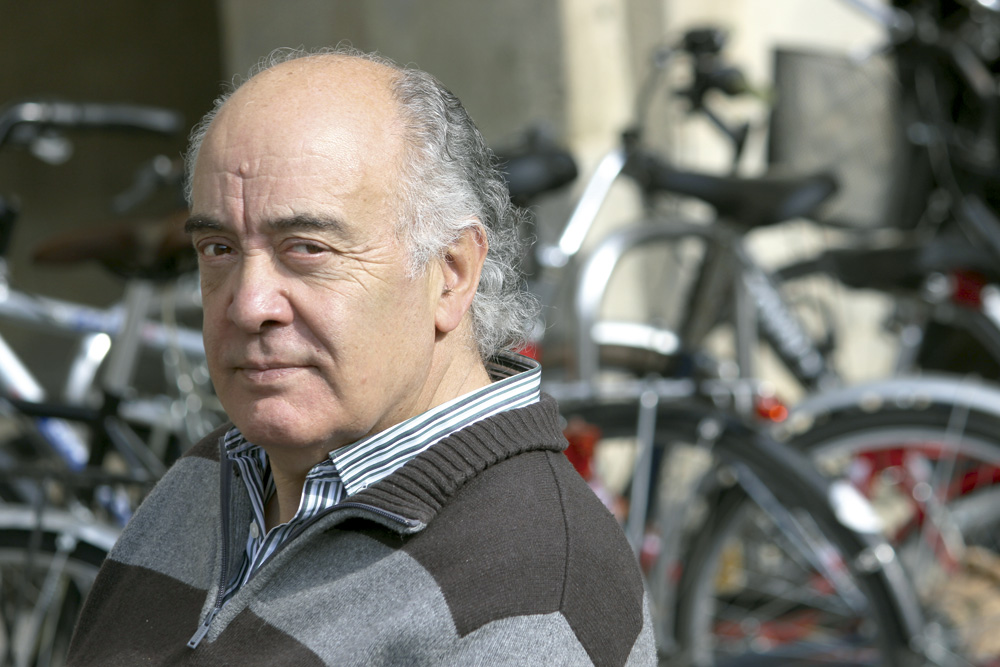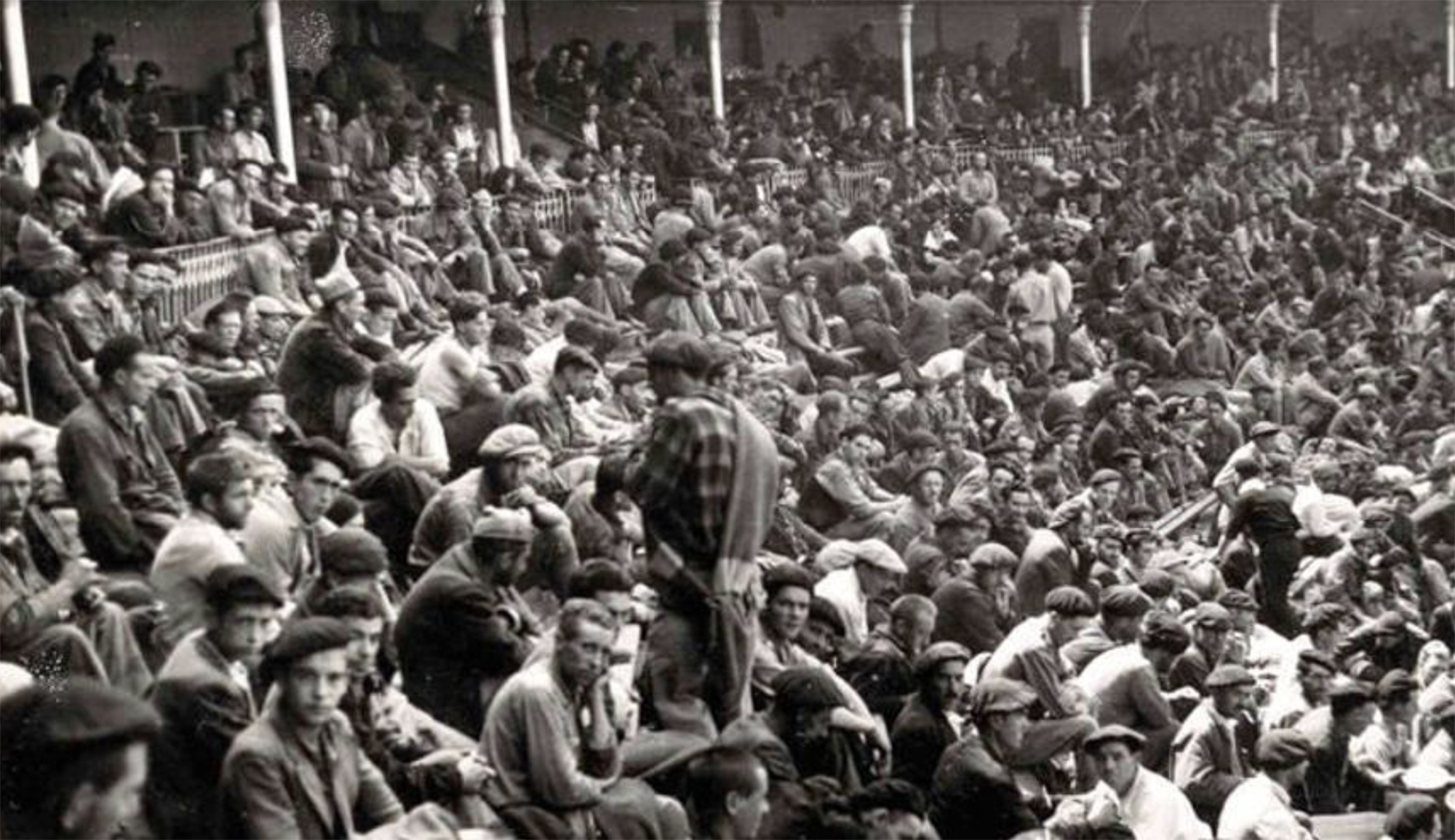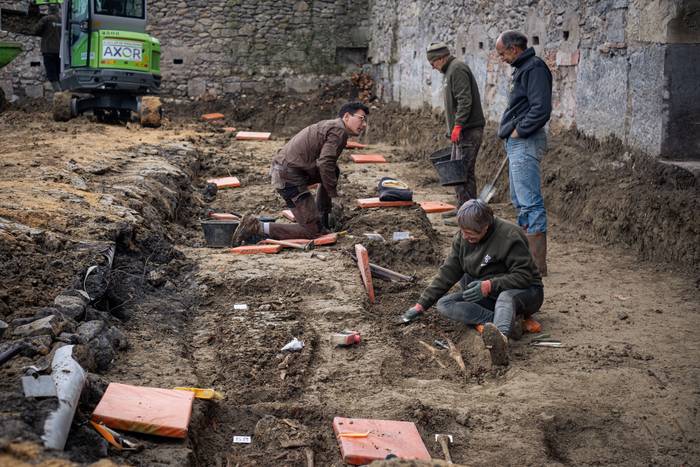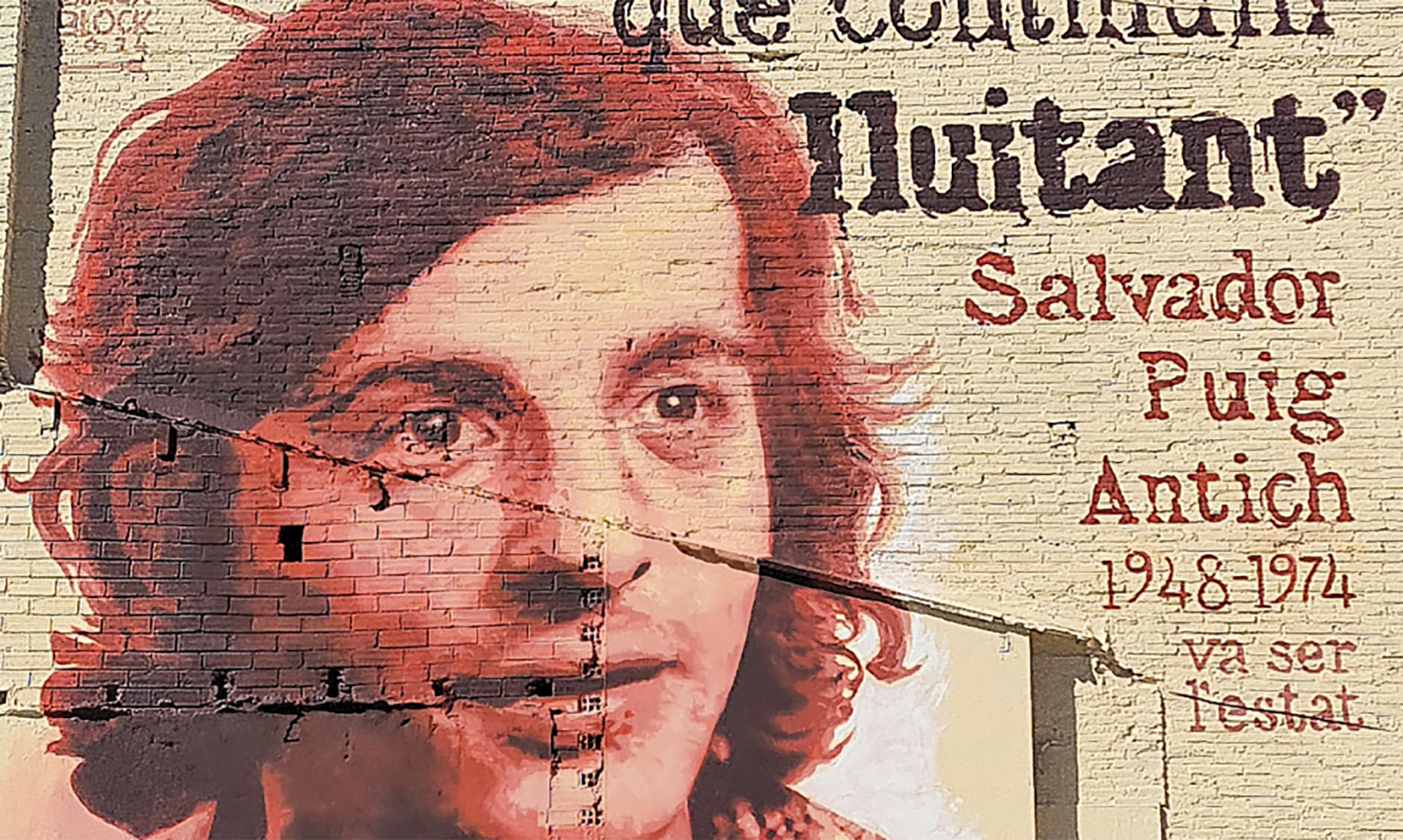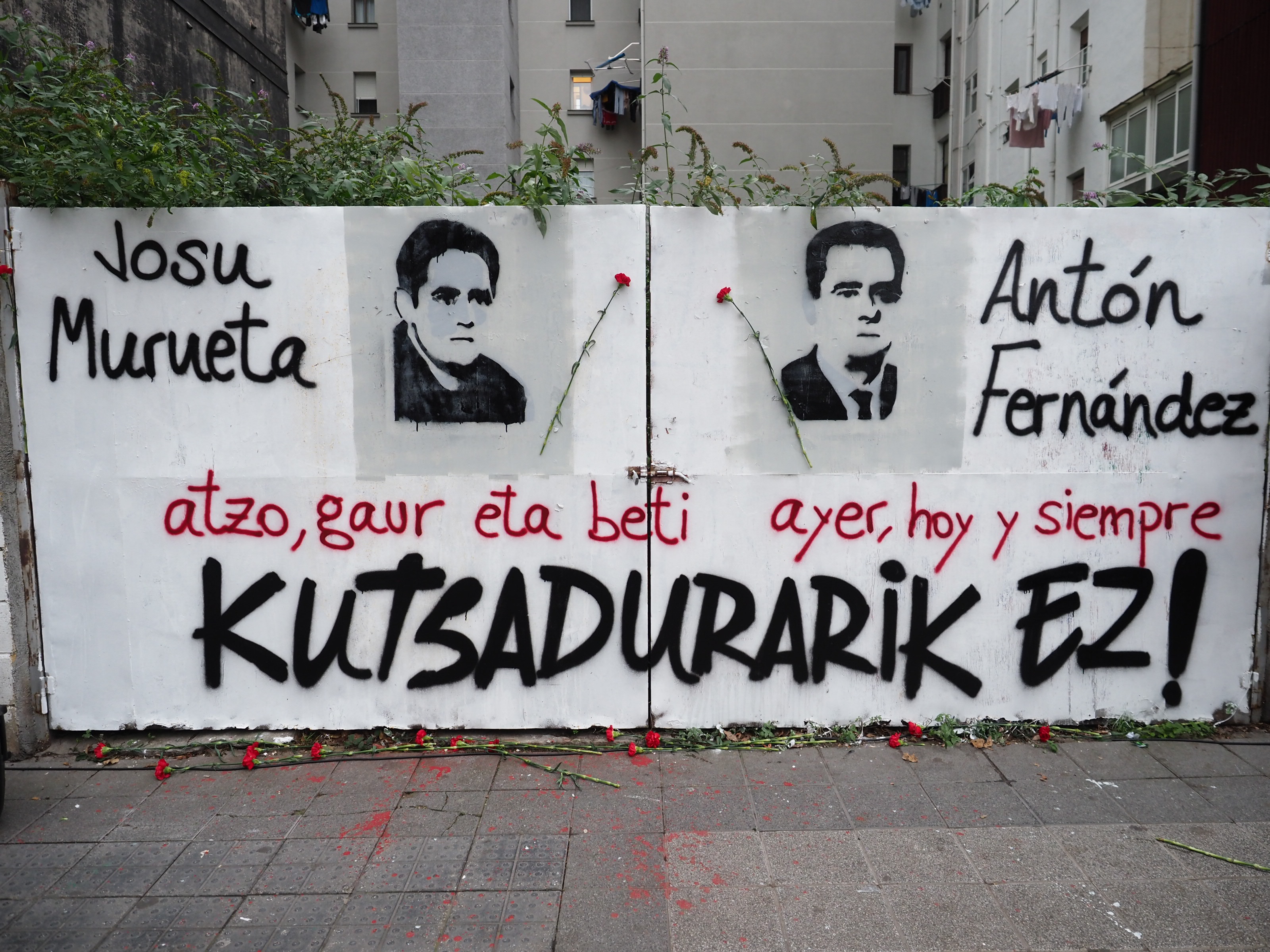Two documentalists will be tried this Wednesday for recording at a Francoist monument in Pamplona
- This Wednesday, the trial of Carolina Martínez and Clemente Bernard for the murder of two girls at the hands of their partners began. They have been charged with a documentary about the Francoist monument to the fallen in Pamplona/Iruña and the prosecutor’s office has ordered two years in prison for both.

Martínez and Bernard carried out the documentary A sus muertos on a day that last year planned to discuss what to do with the Monument to the Fallen of Pamplona. The authors of this audiovisual work are accused of placing cameras in the crypt where the corpses of the Francoist military Mola and Sanjurjo are and of recording images without permission. Charged with "violating privacy" and "publishing secrets", he has asked both for a two-year prison sentence and a fine of EUR 12,000.
The particular indictment in the trial is a group called “The Brotherhood of Knights Volunteers of the Cross”. Martinez and Bernard explained last October that they were a group of former Requeté soldiers. “Founded in 1939 by Marcelino Olaetxea, Bishop of Pamplona. In their statutes they clearly indicate the objective of the group: to keep alive the spirit that led Navarre to the crusade by Spain and God, doing what is necessary. We can say that, from 1939 onwards, the pretorian guard of the Memorial to the Fallen has been arrested. They promoted the construction of the monument and subsequently took care of its conservation. There they had their residence and there they celebrate their masses. Before the City Hall took over the Central Building in 1998, the masses were held on the main altar, since then they were held in the crypt of the monument. Emilio Mola’s opening of the coup took place in Navarre on 19 July, so the requetés are 19 days long and those of the brotherhood hold Mass every month on 19 July. And of course, on July 19, they put all their forces to make more people go. These people have denounced us.”
Several factors in favor of historical memory have been against trial. A manifesto in favour of Martínez and Bernard, published in Bilbao, was supported by over 2,000 people and supported. In the opinion of these support groups, the work carried out in order to produce artistic documentation in a public space cannot be considered a crime.
Pamplona, 1939. At the beginning of the year, the bullring in the city was used as a concentration camp by the Francoists. It was officially capable of 3,000 prisoners of war, at a time when there was no front in Navarre, so those locked up there should be regarded as prisoners... [+]









